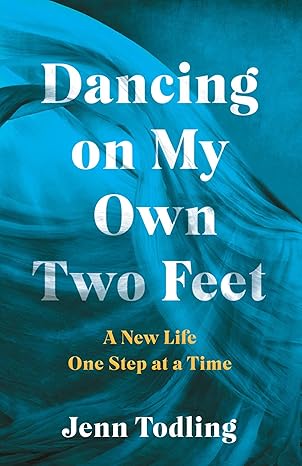Five Ways to Increase Micro-Tension
 How do we keep readers invested in what will happen next? As writers, we want readers on the edge of their seat, even in scenes that don’t justify heart-pounding action. Micro-tension, a term I first encountered in Donald Maass’ The Fire in Fiction, offers a solution.
How do we keep readers invested in what will happen next? As writers, we want readers on the edge of their seat, even in scenes that don’t justify heart-pounding action. Micro-tension, a term I first encountered in Donald Maass’ The Fire in Fiction, offers a solution.
Recently I’ve been working on micro-tension in my own writing. I’ve been knee-deep in a novel re-write and, whenever I find a scene that falls a bit flat, I try to inject it with micro-tension. Along the way, I’ve jotted down some notes about ways to do this.
Conflicted dialogue: If characters’ interactions don’t sizzle, force them to disagree with each other. Disagreement needn’t rise to the level of outright hostility. In fact, some of the best scenes involve characters behaving politely even as a more negative emotion boils under the surface.
Or maybe a character feels impatient that the conversation isn’t providing the information she expected. Or she’s running late for an important errand and has been waylaid.
Even better, what if someone has an agenda they’re determined to keep hidden from everyone else in the conversation?
Internal debate: In addition to external conflict, micro-tension increases when a point-of-view character wrestles with a significant decision or struggles to interpret what he’s observing. As the character evaluates options, the reader weighs them as well, thereby becoming more engaged in the outcome.
Red flag: Throw up a warning sign that your point-of-view character will ignore. This doesn’t mean the reader has to know something the character doesn’t; in fact, I think it works best if the reader experiences the situation the same way the character does. If the character decides to take a risk, then the reader worries—and feels tense—along with her. As a reader, if you’re pulling for a character to succeed but you’re worried they’ve just made a big mistake, aren’t you more anxious than ever to see what happens next?
Mystery: Insert something into a scene that doesn’t appear to fit. If the point-of-view character is surprised or puzzled, the reader will be too. Even a small mystery—Why is the front door wide-open? Why didn’t Bob eat lunch in the breakroom like he has every day for the past twenty years?—can prompt the reader to speculate. And if the reader is speculating, chances are she will turn the page to see if her theory turns out to be right.
Ticking clock: Consider whether an individual scene would be more interesting if you impose a deadline. For example, maybe the frazzled working mother in your story has only ten minutes to finish a project before she must leave to pick up her daughter at school.
These are merely a few ideas to get you thinking. If visuals help, imagine your point-of-view character on her tiptoes peering around the corner. She’s worried. She’s puzzled. She desperately wants to know what happens next. And so do we.
—
Bio: Heather Bell Adams is the author of the novel MARANATHA ROAD (Vandalia Press 2017). Her short fiction appears in The Thomas Wolfe Review, Clapboard House, Deep South Magazine, Gravel, First Stop Fiction, Broad River Review, Pembroke Magazine, and elsewhere.
Follow her on Twitter @heatherbelladam
Find out more about her on her website http://heatherbelladams.com/
 A novel about two women: Sadie Caswell, whose son dies shortly before his wedding and Tinley Greene, the young stranger who shows up claiming she’s pregnant with his child.
A novel about two women: Sadie Caswell, whose son dies shortly before his wedding and Tinley Greene, the young stranger who shows up claiming she’s pregnant with his child.
Category: Contemporary Women Writers, How To and Tips





























Comments (1)
Trackback URL | Comments RSS Feed
Sites That Link to this Post